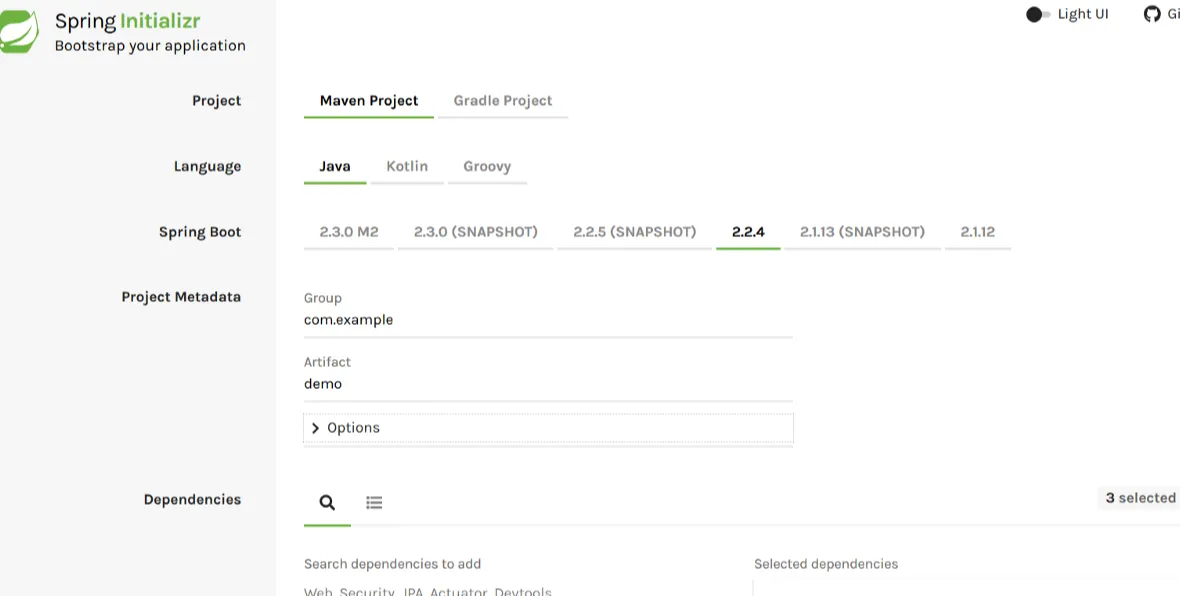For most of Spring developers, I think you are familiar with the simple auditing features in Spring Data project, but in the past years, it only works with the blocking APIs. The long-awaited Reactive AuditorAware supportwill be available in the new Spring Data release train.
This is the 4th post of the R2dbc series:
- Introuction to R2dbc
- Working with Relational Database using R2dbc DatabaseClient
- Update: Accessing RDBMS with Spring Data R2dbc
- Data Auditing with Spring Data R2dbc(you are here)
- …
Let’s create a new Spring Boot project to experience the auditing feature.
Open your browser and navigate to Spring Intializr page.
- Build tools: choose Maven as build tools
- Java version, choose the latest Java 11 or above
- Spring boot version: choose Spring Boot 2.4.0-M3 to get the newest
ReactiveAuditorAwaresupport - And add the following dependencies to the project.
- Reactive Web
- Spring Data R2dbc
- Security
- Lombok
Enabling Auditing Support
Add @EnableR2dbcAuditing annotation on the configuration class.
@Configuration
@EnableR2dbcAuditing
class DatabaseConfig{
}
Declare a ReactiveAuditorAware bean. When a ReactiveAuditorAware bean is available, it will fill the fields annotated by @CreatedBy and @LastModifiedBy annotations automatically in the entity classes.
@Bean
ReactiveAuditorAware<String> auditorAware() {
return () -> ReactiveSecurityContextHolder.getContext()
.map(SecurityContext::getAuthentication)
.filter(Authentication::isAuthenticated)
.map(Authentication::getPrincipal)
.map(User.class::cast)
.map(User::getUsername);
}
In the above example, we will read the username from Spring SecurityContext. We will introduce the Spring Security configuration later.
#r2dbc #spring-boot #postgres #spring-data #spring-data-r2dbc
